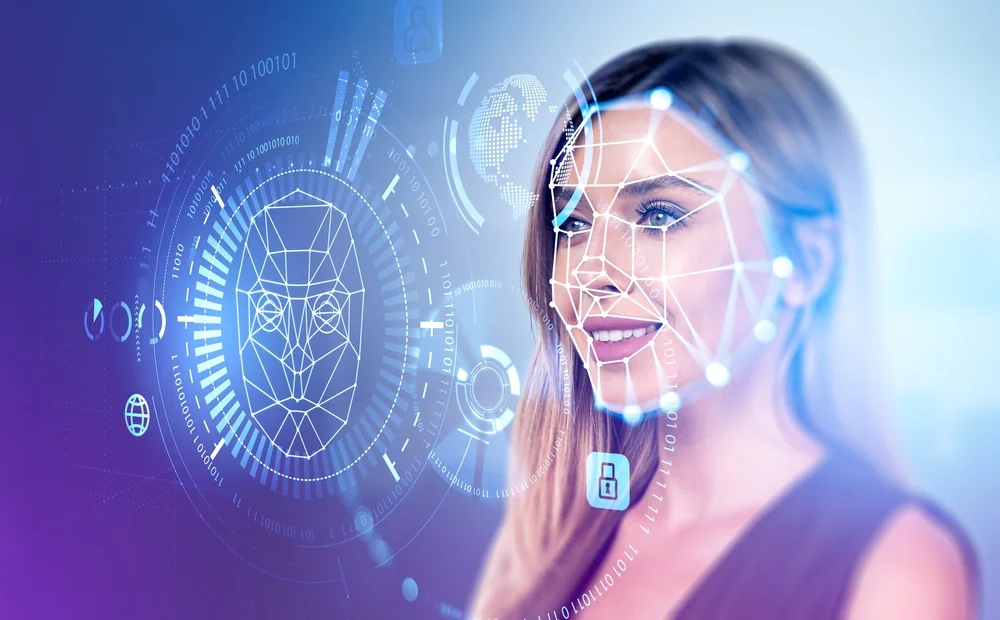Staying safe in the current climate of cyberattacks can be challenging and often frightening. With hacking and data theft becoming increasingly accessible and easier to execute, ensuring the safety of your personal information is essential.
In this article, we will list the top ways to protect your identity on your devices and accounts from being stolen.
10 Easy Steps to Secure Your Identity
By following these 10 easy steps, you can secure your credentials, personal information, and more.
1. Using Strong Passwords
Using strong passwords is the most obvious tip. Ensuring a hard-to-guess password makes it difficult for attackers to guess or crack your login credentials. Strong passwords include a mix of letters, numbers, symbols, and avoid obvious information like your name or date of birth. This reduces the likelihood of unauthorized access to your accounts and safeguards them.
2. VPN (Virtual Private Network)
A VPN protects your identity by masking your IP address and routing your data through secure servers. This prevents hackers, ISPs, and others from tracking your online activities, ensuring your data remains private and your location and identity are hidden.
3. Encrypting Your Data
Data encryption works by converting your information into code, readable only with the correct decryption key. Even if your data is compromised, it remains confidential and secure. Encryption prevents unauthorized access and safeguards your personal and sensitive information from hackers.
4. Installing Antivirus Software
Antivirus software protects your identity by detecting and removing malware, including viruses, spyware, and keyloggers, which can steal personal information. It safeguards against phishing attacks and other cyber threats, ensuring your data remains secure and preventing unauthorized access to sensitive information like passwords and financial details.
5. Avoiding the Use of Public Wi-Fi
Avoiding public Wi-Fi reduces exposure to unsecured networks, which are prone to cyber-attacks. Hackers can retrieve sensitive information like passwords and personal details through public Wi-Fi. Using secure, private networks minimizes this risk, safeguarding your identity and personal data.
6. Utilizing the Principle of Least Privilege
The principle of least privilege involves restricting account levels to only what users and systems necessarily need to perform their tasks. This limits potential damage from malware or insider threats, reducing the risk of unauthorized access to sensitive information and protecting your personal data and identity.
7. Multi-Factor Authentication (MFA)
MFA protects your identity by requiring multiple forms of verification, such as email verifications or facial recognition, to access accounts. This extra layer of security makes it significantly harder for unauthorized users to gain access. Even if your password is compromised, your data remains secure.
8. Installing Anti-Malware Software
Anti-malware software detects, blocks, and removes malicious software designed to steal personal information. It prevents spyware, ransomware, and other threats from compromising your data, ensuring details like login credentials and financial information remain inaccessible to cybercriminals.
9. Switching to Digital Wallets
Digital wallets encrypt payment information, reducing the need to share sensitive details with merchants. Card numbers are replaced with unique identifiers, preventing the interception of financial data during transactions. This enhances security and shields personal information from theft and unauthorized access.
10. Turning on Alerts
Using alerts protects your identity by notifying you of suspicious activities, such as unauthorized logins or transactions, in real time. This early detection allows you to take immediate action, such as changing passwords or contacting financial institutions, preventing further compromise of your personal information and minimizing potential damage from identity theft.
Conclusion
We hope these tips have been informative and helpful in ensuring that you feel safer in an unsafe cyber world. Using these tips simultaneously is the best way to ensure your safety. Although one or two may seem like enough, you can never be too safe!
As hacking becomes easier and more accessible to anyone who desires to steal identities or information, the cyber safety required to mitigate it is also becoming more accessible and easier to implement. We hope everyone stays safe out there with our tips!
Source: Read More



